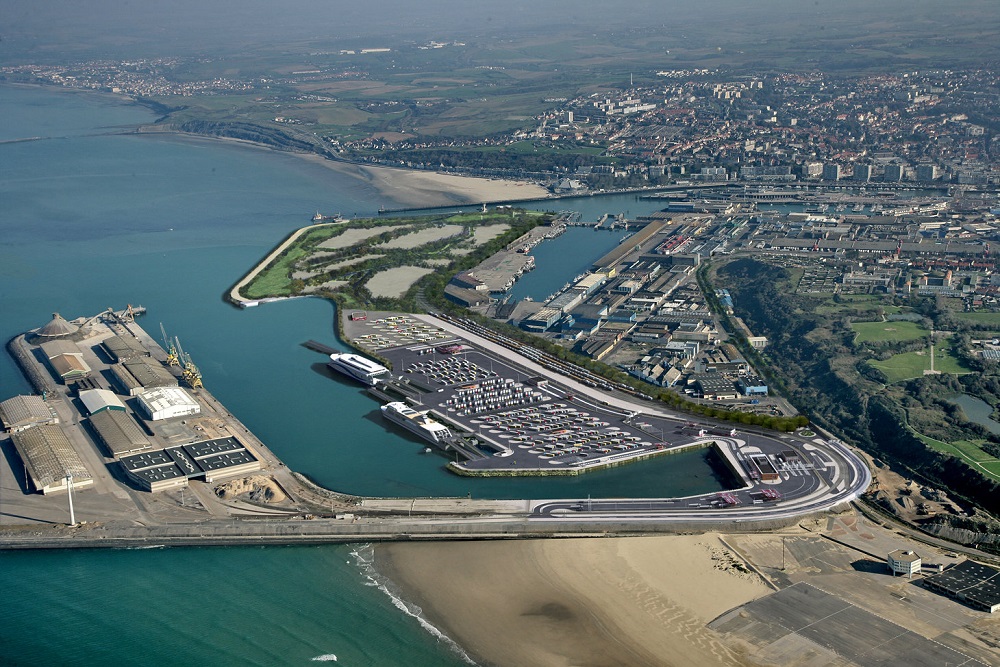Boulogne-Calais Shrugs Off Disruption Issues
21st January 2016

The port of Boulogne-Calais has issued a bullish statement about its 2015 performance, despite the high-profile disruptions caused by the ever-present migrant issue in the French region.
Despite serious disruptions (3 days of harbour shutdown and several weeks of immobilization of a boarding station) freight traffic remains strong and Calais remains leader in cross-Channel freight traffic. 1,846,512 trucks transited through the port facilities in 2015, an increase of 1.39% compared to 2014, which was itself a record year.
The picture is more mixed on cars and passenger traffic. The consistently headline-making repeated disruptions during July and throughout the summer – traditionally a busy period in terms of tourist traffic – largely explain this decline. Passenger traffic dropped below the 10 million mark with 9,786,252 (-8.83%). This decline was felt on Channel traffic in general and Calais remains the top French passenger port.
The port says that 2015 brought with it a number of challenges, including the end of titanium ore imports (Tioxide), the loss of the export of new cars (GEFCO) and the lack of maritime sugar export (TSM). Other regular traffic affected but to a lesser extent included Petroleum Coke, quarry products, sand, live animals and submarine cables.
The port is now counting on the launch of the rail motorway BRITANICA VIIA to give it a new impetus.
Eventually, Calais Port 2015 plans to double the number of berths from four to eight, the construction of a 3 km dyke creating a new 110 hectares basin. The construction is slated to create hundreds of local jobs.
The port of Calais last October became the first European port to have a rail motorway terminal. This terminal, which required a 7 million investment, will allow the transport of unaccompanied trailers directly from Le Boulou (Pyrénées Orientales) to Calais. The new service will be operated by VIIA (subsidiary of SNCF Logistics) and should eventually remove 40,000 trailers a year from the road.
As for Boulogne, which is marketed as Frances number one fishing port, with almost 300,000 tonnes (298,738 tonnes) processed in 2015, the commercial ports activity increased by 28% compared to 2014 (232,608 tonnes). This increased activity is mainly due to the industrial commissioning of the Carrières du Boulonnais installation. Diversification of limestone exports also boosted these figures..

